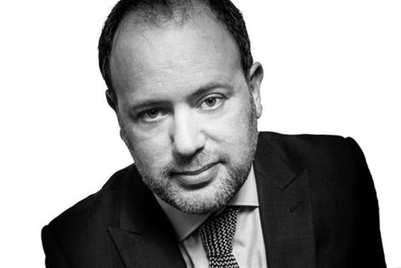
Perhaps more than any other sector, the spirits industry in Asia-Pacific is defined by how tastes differ between and within markets. In developed markets such as Japan, whisky highballs were enjoyed as long ago as the 1950s, while in China, perceived status is often the reason why drinkers choose their tipple. Meanwhile, within India, there are distinct regional preferences with the tastes in the east of the country varying dramatically to those in the west.
Spirit advertisers in Asia are faced with a dizzying array of requirements. A single territory may demand multiple in-country campaigns. In some countries advertisers need to tackle established domestic brands, while in others there are few players and a lack of product knowledge. Developing markets such as India, Vietnam and Indonesia offer huge potential, yet advertising bans mean marketers must use other methods to reach their audience.
In developed markets in the West, similar drinks tend to be pitted against one another, but in Asia that is less often the case. "Due to the fact that many international brands in Asian markets are not well known, and their consumption style is not well defined, in some senses all international spirits brands in Asia are in competition with one another," says Christian Pattman, director of global brands in Asia-Pacific at Euro RSCG.
Asia also has distinct trends from global norms. These include adding a local mixer to spirits, such as whiskey and green tea in China, or drinking cognac in restaurants in a manner similar to the way wine is drunk elsewhere in the world.
Where allowed, TV remains an important starting point for advertisers to introduce brands before moving into below-the-line marketing. The development of markets in India and China last year means that brands there are broadening their reach.
Jesley Neo, a former senior account director at Bates 141 who worked with Remy Martin, claims the lines between whiskey and cognac in China are "blurred". "In the past, whiskey was for the young and cognac was for the older generation. Now, the two categories are crossing in terms of the target audience." The change is reflective of increasing consumer sophistication. While status is still a major factor in spirits consumption, buying a particular spirit for personal enjoyment has recently become more prevalent.
Many brands are also trying to reach out to their audience as educators and as a way to cement their relationship.
"Johnnie Walker, a highly visible brand in Vietnam, had begun to be seen more as an everyman's drink, due to consumer confusion over the varying blends and respective price levels of the products," says Natalie Gruis, regional strategic planner for Bates 141. Realising it was losing its status as an impressive whiskey, Gruis says the brand regained its position by inviting consumers to branded education centres where they learned about different blends.
Another problem, particularly in China, has been the proliferation of fake spirits products. "Chivas' recent global campaign, which ran in 2008 and 2009, has helped it slowly recover from being viewed as a cheap whiskey brand due to the amount of fake Chivas that was circulating," says Neo.
Sagnik Ghosh, senior planning director for Grey Mumbai says that international alcoholic drinks companies such as Diageo and Pernod Ricard Seagram have recently entered the Indian market, aiming to arouse the interest of the burgeoning middle class.
"On-trade sales are expected to grow considerably, as growing affluence among young consumers will spread the culture of frequenting pubs and restaurants," Ghosh says. "Demand for international brands at on-trade channels is expected to contribute to overall growth, while rationalisation of tax structures and price regulations are expected to further boost demand."
Pattman agrees. "The most effective marketing strategy has been ownership of or partnership with on-trade outlets. This ensures that your brand is immediately available or is the preferred recommendation by staff, which is a highly effective way of connecting with Asian consumers."
Top 10 spirits
1 Johnnie Walker
2 Chivas
3 Hennessy
4 Suntory
5 Jack Daniel's
6 Moutai
7 Remy Martin
8 Wuliangye
9 Martell
10 Kinmen Kao Liang
This article was originally published as part of the 2010 Top 1000 Brands report.


+(900+x+600+px)+(3).png&h=334&w=500&q=100&v=20250320&c=1)
+(900+x+600+px).jpg&h=334&w=500&q=100&v=20250320&c=1)
.jpg&h=334&w=500&q=100&v=20250320&c=1)


.jpg&h=334&w=500&q=100&v=20250320&c=1)
+(900+x+600+px).png&h=334&w=500&q=100&v=20250320&c=1)


+(900+x+600+px)+(1).png&h=334&w=500&q=100&v=20250320&c=1)




.jpg&h=268&w=401&q=100&v=20250320&c=1)


